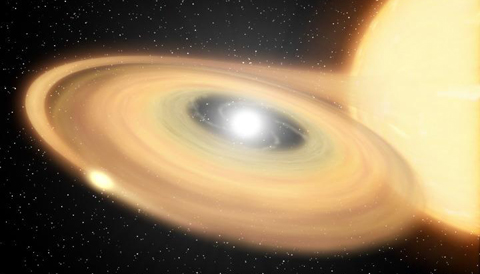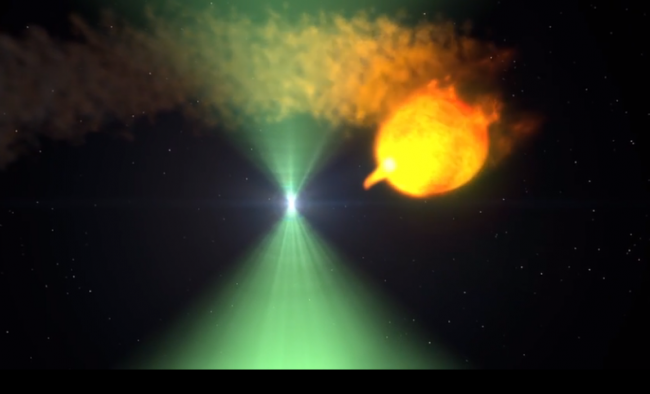OBSERVING THE MOON
National Science Week 2 August to 9 August Observe interesting geographical areas of the Moon using binoculars and telescopes on 8 and 9 August from 5.30 to 8pm at the Wine Village Wine and Food Festival (cnr R43/Hemel-en-Aarde Road, opposite Engen) weather permitting Hosted by the amateur astronomers of the Hermanus Astronomy Centre Attendance is …




